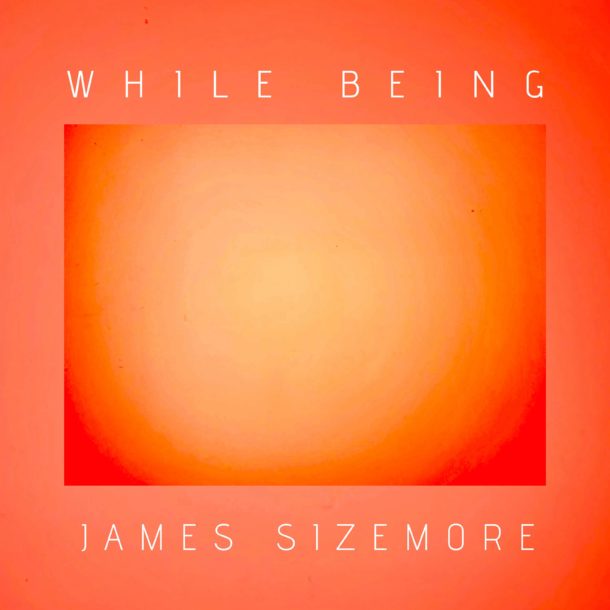TRAJECTORY
The flowing and undulating lines in the piano serve as the centerpiece for this piece for piano and string quartet. The piece was inspired by the geometric representation of launched trajectories, and as the piece evolves, the piano reaches further and further into space. To showcase the piano on this piece, I’ve included a short video of myself demo’ing the piano part on a disklavier; a modern day piano player
For all of you gear heads out there, I laid out my microphone selection below. Wonder what ALL those microphones are for? Check out the details on the mic selection and how they were used.
Download the Hi-Res 24 bit 48kHz wav files, or stream through soundcloud using the buttons below.
MICROPHONE LAYOUT
I recorded at Oktaven Studios, just north of NYC. It has become the go to location for classical music recording due to it’s vintage recording equipment, amazing piano, and classical music pedigree. I had the pleasure of working with house engineer Charles Mueller.
Most of the mics that were selected were ribbon and vintage tube microphones. I wanted a very warm sound to balance the somewhat mechanical nature of the music, and these mics provided a very organic and intimate quality.
In the above photo, you will see the “room” microphones I used for the recording session. The main mics used in the mix were the 2 Neumann TLM49. These large diaphragm microphones are inspired by the M49 and M50 microphones, a main stay of orchestral music recording for over 50 years. The wide “outrigger” mics were Gefell UM70 Microphones, another vintage selection. In the mix, these wider microphones allowed me to beef up the size of the recording when the music got loud and big. The 3rd pair of room mics were the Royer R121 Ribbon Mics. These mics were stacked on top of each other and arranged in a “Blumlein” configuration. In the mix, these mics allowed me to pull a really wide stereo image while keeping an intimate feel.
Piano Microphones
For the piano close mics, I opted for 2 stereo Oktaven studios custom M49 microphones above the lid to capture the resonance of the studio’s beautiful Hamburg Steinway D. In addition, there were 2 Brauner VM1 tube microphones placed closer to the strings when more definition was needed on the instrument.
Violin Microphones
On each of the violins, there was a Coles 4038 ribbon microphone placed a few feet above. This remains one of my favorite all time microphones, and my go to microphone for warm violin recordings.
Cello Microphones
For the cello, 2 close microphones were used. The larger RCA 44BX dates back to 1938 and was used to capture the low round end of the instrument. The AKG C 414EB condenser microphone hanging above the cello was used to capture a more detailed sound, which was very useful when showcasing this beautiful instrument on the many cello solos!
Viola Microphone
The Viola close mic utilizes the warm, open sound of the AEA N8 ribbon microphone. It captured the nuances of some of Lev’s beautiful viola solos, while still maintaining a natural sound.








